The Juvenile Justice Diversion for Tribal Youth Initiative brought together teams of community leaders from eight tribal nations – Cheyenne River Sioux, Lower Brule Sioux, Red Lake Band of Chippewa, and Ute Mountain Ute in 2014-15, and Colorado River Indian Tribes, Fort Peck Assiniboine and Sioux Tribes, San Carlos Apache Tribe, and Shoshone-Bannock Tribes in 2015-16 – as well as national experts on topics relevant and necessary to support the development and implementation of innovative approaches to juvenile justice diversion for youth with behavioral health conditions in Indian Country.
This effort was supported by the John D. and Catherine T. MacArthur Foundation and the Substance Abuse and Mental Health Services Administration, and coordinated by the National Center for Mental Health and Juvenile Justice at Policy Research Associates and the Technical Assistance Collaborative.
A key element of this initiative was convening work groups made up of representatives from participating nations and partners. The aim of each workgroup was to conceptualize and develop a resource that would contribute to the knowledge base of “what works” in Indian Country in order to support juvenile justice reform efforts. The groups decided to create a web-based resource that:
- Captures the experiences of tribal nations in the hope that others who aim to improve behavioral health and juvenile justice services in Indian Country will find them useful
- Identifies cross-site learnings from these tribal nations
- Recommends policy and practice reforms for tribal, state, and federal agencies that are necessary to achieve successful juvenile justice transformation in Indian Country
Population of focus: American Indian youth
Links to resource:
- Visit the website for the Juvenile Justice Diversion for American Indian Youth
- Learn about the participating tribes and their individual project visions
- View recommendations put forth by the initiative
- Explore resources that proved most useful in the process of developing and implementing early diversion in Indian Country for youth with mental, substance use, and trauma-related disorders. Resources include toolkits, issue reports with recommendations and solutions, policy and procedure manuals, and fact sheets.
- View a chart that depicts the layout of tribal jurisdictions (pdf)
- View the infographic for strengths-based approaches to achieve positive outcomes (pdf)
Date: 2016
